If you’re reading this, you have probably purchased, been given, or have sent some type of promotional product or brand merchandise item in your life. Whether that’s company swag items, a finisher shirt for a 5K race, a gift with purchase from one of your favorite retailers, or a Taylor Swift T-shirt from her Era’s Tour. The majority of us without knowing it, interact with a promotional item every single day, but do you actually know how the promotional products industry is structured?
Navigating this industry can be overwhelming for the average consumer and it’s why most buyers ignore learning about it. However, if you can come to understand the roles of suppliers, distributors, and contract decorators you’ll be able to make better informed decisions for your promotional and brand merchandise needs.
This blog post aims to demystify these roles and provide guidance on choosing the right partners for your branded merchandise and promotional items.
History:
The first known promotional products in the United States were commemorative buttons dating back to the election of George Washington in 1789. During the early 1800's there were some advertising calendars, rulers and wooden specialties, but there wasn't an organized industry for the creation and distribution of promotional items until later in the 19th century.
 Jasper Meek, a printer in Coshocton, Ohio, is considered by many to be the originator of the industry when he convinced a local shoe store to supply book bags imprinted with the store name to local schools. Henry Beach, another Coshochton printer and a competitor of Meeks picked up on the idea and soon the two men were selling and printing bags for marbles, buggy whips, card cases, fans, calendars, cloth caps, aprons, and even hats for horses.
Jasper Meek, a printer in Coshocton, Ohio, is considered by many to be the originator of the industry when he convinced a local shoe store to supply book bags imprinted with the store name to local schools. Henry Beach, another Coshochton printer and a competitor of Meeks picked up on the idea and soon the two men were selling and printing bags for marbles, buggy whips, card cases, fans, calendars, cloth caps, aprons, and even hats for horses.
In 1904, twelve companies got together to found the first trade association for the industry. That organization is now known as Promotional Products Association International (PPAI), which currently has more than 7,500 global members.
Present Day:
The $20B+ industry is made up of about 3,500 supplier companies who manufacture or import the products, inventory them, and decorate them on demand. These supplier’s sell through about 30,000 distributors to end customers like you. Distributors buy from the supplier companies and offer the products as an integral part of the coordinated marketing programs for their clients.
 The term promotional product has evolved over the years and many now refer to certain promotional items by terms such as “swag” or “brand merchandise”.
The term promotional product has evolved over the years and many now refer to certain promotional items by terms such as “swag” or “brand merchandise”.
The Players:
1. Suppliers - The Source of The Products
Suppliers are promotional products companies that manufacture, import, convert, imprint or otherwise produce or process promotional products offered for sale through promotional products distributors. There are about 3,500 supplier companies in the promotional products industry. You can checkout the list of the Top 100 PPAI Suppliers from 2023 here.
As you can see, the top three suppliers, SanMar, Alphabroder, and S&S Activewear are suppliers of blank apparel items. That’s no surprise as apparel and other wearables (e.g. hats) make up almost 40-45% of all promotional product spend. These suppliers have negotiated contracts with the largest apparel manufacturers in the world to provide their items at wholesale prices to distributors and other re-sellers. Companies like Nike, Adidas, The North Face, Next Level, Bella+Canvas, Carhartt, Brooks Brothers, and more sell through these three juggernauts. The suppliers bring the items in blank and store them at their warehouses across the U.S. and then work directly with Distributors to sell the items to the distributor's clients.
 After the top three we start to see hard good companies such as HIT Promotional Products, Gemline, PCNA and others. These organizations purchase the products in bulk, usually from factories in Asia, and then store them in their U.S. facilities where they decorate them with the distributor's clients' logos.
After the top three we start to see hard good companies such as HIT Promotional Products, Gemline, PCNA and others. These organizations purchase the products in bulk, usually from factories in Asia, and then store them in their U.S. facilities where they decorate them with the distributor's clients' logos.
- Quality: Ensure they offer high quality products and decoration styles that align with your brand.
- Variety: More wood behind less arrows isn't a bad thing here. Look for a supplier who can conver multiple areas for you (e.g. drinkware and bags).
- Reliability: Inquire about their order accuracy, production timelines, how they handle misprints or damaged goods.
2. Distributors - Your Primary Point of Contact
Distributors are the customer facing brands most of us recognize when it comes to promotional products. There are about 30,000 distributors in the U.S. alone. Whether it’s 4imprint, Custom Ink, HALO, ProForma or others, these are the companies who work with the end customer. They help you select products, negotiate prices with suppliers, and manage the ordering process. A good distributor understands your brand’s needs, can offer creative ideas, is responsive, and knows the strengths and weaknesses of the suppliers of the industry.  Beyond acting as the intermediary between the end customer and supplier, distributors play an integral role in helping brands and companies not only acquire promotional items, but create design concepts, e-commerce solutions, distribution strategies, and even product creation. Some distributors, like BrandCloud, even offer uniform solutions, print items and employee recognition solutions for their clients in addition to providing promotional products and branded merchandise.
Beyond acting as the intermediary between the end customer and supplier, distributors play an integral role in helping brands and companies not only acquire promotional items, but create design concepts, e-commerce solutions, distribution strategies, and even product creation. Some distributors, like BrandCloud, even offer uniform solutions, print items and employee recognition solutions for their clients in addition to providing promotional products and branded merchandise.
Key Things To Consider:
- Expertise: Choose a distributor with a deep understanding of the industry, suppliers, decoration techniques, and creativity. If you're in a niche space or need something specific, make sure they show they can execute to serve your needs.
- Customer Service: Look for those who provide excellent and timely customer service. You should never have to wait longer than 24-hours for an answer.
- Network & Size: Size isn't everything, but you should align with a distributor who has the personnel to support you. Also, ensure their supplier and distribution networks are large enough to handle your needs.
- Technology: In our world today, more and more of what we do is online. Partnering with a distributor who is technology driven will be vital for growth.
3. Buying Groups - Purchasing Power for EQP
Within the promotional products industry there are several buying groups. These are made up of a group of distributors who come together and then negotiate with suppliers for preferred pricing on the items those suppliers offer.
One of the main advantages here is to try and negotiate EQP pricing with suppliers. EQP stands for End Quantity Pricing.
 This means that the distributors cost of the item would be the cost for the highest quantity listed price even if they only need the minimum order quantity. For example, a pen that as a minimum order quantity of 100 units may cost $1.50 per unit if only 100 are purchased. However, if you order 1,000 pens, the cost per pen may be $1.00 per unit. In this scenario, EQP pricing would give the distributor (and hopefully the customer) the pricing of 1,000 pens even if only 100 are ordered.
This means that the distributors cost of the item would be the cost for the highest quantity listed price even if they only need the minimum order quantity. For example, a pen that as a minimum order quantity of 100 units may cost $1.50 per unit if only 100 are purchased. However, if you order 1,000 pens, the cost per pen may be $1.00 per unit. In this scenario, EQP pricing would give the distributor (and hopefully the customer) the pricing of 1,000 pens even if only 100 are ordered.
Key Things to Consider:
- Network=Net Worth: partnering with a distributor with a robust and trusted supplier network will save you time, money and future headaches.
- Product Options: Inquire with your distributor about who their top supplier partners are and if you need any specific items or decoration methods, ask who they would recommend for those items.
- Other Perks: In addition to EQP, ask about additional perks you may receive, such as, rush orders, free samples, discounted shipping rates.
4. Contract Decorators - Bringing Your Brand To Life
When we say decorating here, we really are talking about apparel decoration as pretty much all hard good decoration is handled by the hard good suppliers. But since most apparel suppliers don’t offer in-house decoration, it’s on the distributor to handle the decoration. Some distributors may have their own facility where they do screen printing and embroidery in-house while others will use a contract decorator to do the decoration for them.
Contract decorators can either be a decoration facility that solely does contract decorating for other companies, or a company that also does decoration for end customers (e.g. your local print shop) but will also take on contract decorating orders as well.

 As you can see, there are pro’s and con’s to both of these and one isn’t necessarily better than the other. Some companies like Custom Ink use both where they have their own facilities to decorate orders and also use a network of contract decorators. However, Custom Ink is closing down one of it’s largest company owned facilities in Texas and laying off about 240 employees. A sign that having everything in-house isn't necessarily the best setup for everyone.
As you can see, there are pro’s and con’s to both of these and one isn’t necessarily better than the other. Some companies like Custom Ink use both where they have their own facilities to decorate orders and also use a network of contract decorators. However, Custom Ink is closing down one of it’s largest company owned facilities in Texas and laying off about 240 employees. A sign that having everything in-house isn't necessarily the best setup for everyone.
Key Things to Consider:
- Quality of Work: The decorator's skill will directly impact the look and feel of the final product. It doesn't hurt to ask to see their prior work.
- Decoration Capabilities: Like most industries, the world of apparel decorating is constantly changing and new better methods are continuing to arise. These methods like DTG and DTF aren't available from all decorators.
- Turnaround Time: Inquire about standard turn times for orders you would typically place to ensure they align with your timelines.
Choosing the Right Partners
Making the right choice in partners can significantly impact the success of your program. Here are some steps to guide you:
- Define Your Needs: Understanding what your true needs are when it comes to branded merchandise is key. This will guide your discussions with potential partners. Do you need certain technology or e-commerce functionality? Do you need design and creative support? Do you need fulfillment and logistics? Do you have a key geographical area you need covered? These could all be things to discuss with potential partners.
- Research & Reviews: Look up potential partners online. Read reviews. Ask for references. Ask for case studies.
- Ask for Samples: Most of the time, samples aren't needed, but for larger purchases, it never hurts to ask for blank or decorated samples.
- Compare Pricing: Most promo items are a commodity but with certain projects that involved kitting, special packaging, or multiple drop-ships, things become a little more complicated. It would be wise before choosing a go-to partner to ask for quotes from multiple distributors on different scenarios you may use them for.
- Communication: Choosing a partner who communicates clearly, effectively, and timely is crucial. This will help ensure a smooth process of ordering, problem resolutions, and a successful ongoing relationship.
- Payment Terms: Inquire about their payment terms and if you need to pay upfront for orders or can be setup on net terms with them.
Conclusion
Navigating the promotional products industry can be a straightforward process with the right knowledge and partners. By understanding the roles of suppliers, distributors, and others, and by carefully selecting whom to work with, you can ensure that your branded merchandise and promotional items effectively represents your brand and appeals to your target audience.


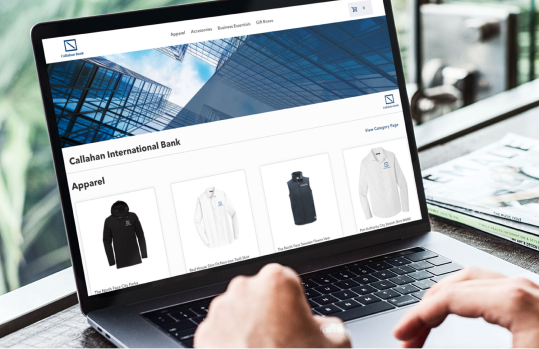
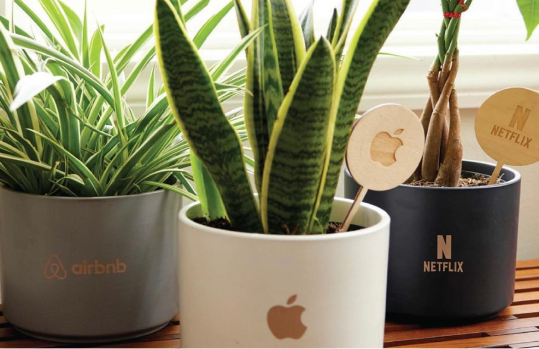
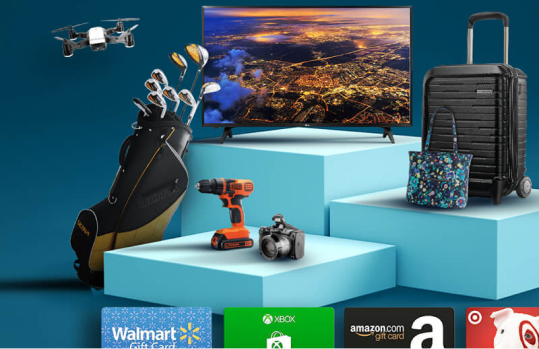
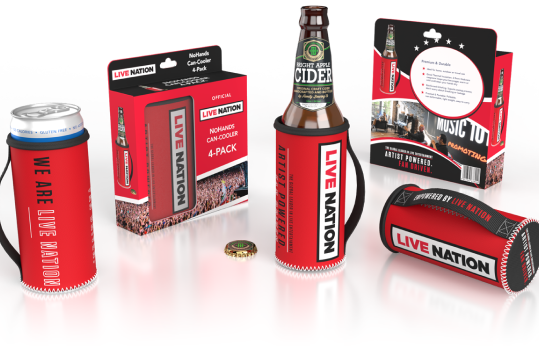
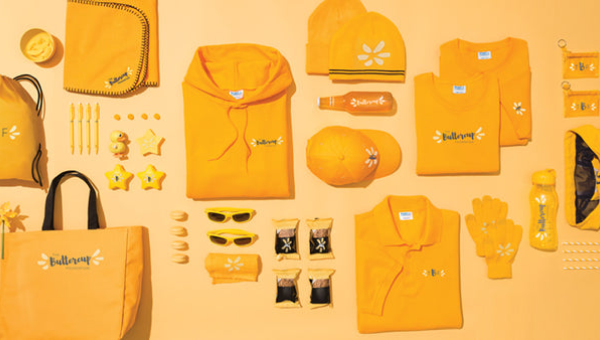
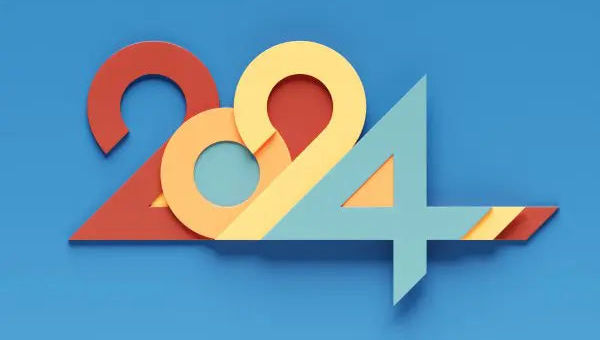
Leave a comment
This site is protected by hCaptcha and the hCaptcha Privacy Policy and Terms of Service apply.